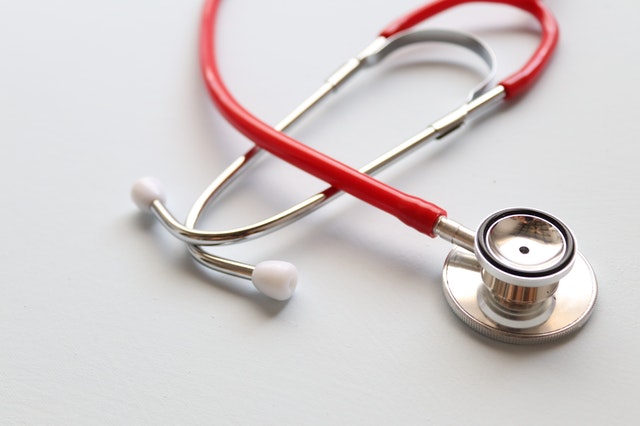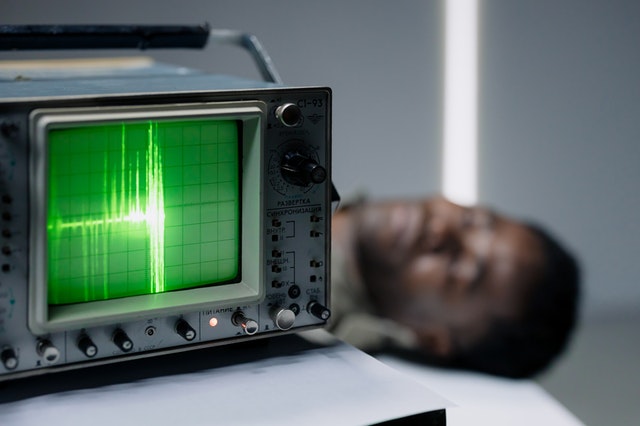Pulse, along with body temperature, blood pressure, and breathing rate are vital signs of a person. Based on some characteristics of the circuit, you can identify health problems and diseases. Unlike measuring blood pressure or temperature that requires a device, a CNA can easily determine your pulse with just your bare hands. So what is the apical pulse and how to check it? Let’s follow the below article for more information.
All about a pulse
What is a pulse?
A pulse is heart rate as well as the number of times that the heartbeats per minute. Pulse rates fluctuate from person to person, each individual has a different heart rate. The pulse is often lower in case a person is at rest and it seems to increase during the person does exercise (because more oxygen-rich blood is needed when you take the exercise).

What is the common heart rate of people?
For the adult, the average number of times that the heartbeats fluctuates from 60 to 100 per minute. A pulse rate that is often slower than 60 beats per minute is usually called bradycardia. In addition, A pulse rate that is faster than 100 beats/ minute is often called tachycardia.
Your normal resting heart rate ranges from 60-100 beats per minute. But a heart rate lower than 60 doesn’t mean you have a health problem. It can be the result of taking medications such as beta-blockers. A lower heart rate is also common among physically active people or athletes. Active people such as athletics often have a lower heart rate (as low as 40) because that their heart muscle is in better condition and it doesn’t need to work as much to maintain a stable beat. Low or moderate physical activity usually doesn’t change resting heart rate much.
Factors behind the change in heart rate
Below are factors that can affect heart rate, causing an increase or decrease in heart rate.
- Lack of physical activity
Regular exercise keeps the heart working properly. Both obesity and inactivity can increase heart rate. When you’re obese, your heart has to work harder to pump blood to all parts of your body. As it pumps more blood, the heart also beats faster.
- Stress
If your resting heart rate is high, one cause could be your stress levels. Prolonged stress is very unhealthy because it makes your heart race.
- Using drugs
Certain prescription medications can also alter the heart rate. Beta-channel blockers can relax the heart and this can slow it down.
- Thyroid disorders
Hypothyroidism can slow the heart rate and hyperthyroidism can increase heart rate. So, when the thyroid is overactive or underactive, the heart rate is also affected.
- Dehydration
When the electrolyte balance in the body is disturbed, the heart rate may increase. Even when minerals such as magnesium, calcium, and potassium are depleted, heart rate can increase.
- Excessive consumption of caffeine
Caffeine can increase heart rate. After drinking an energy drink or a cup of coffee, you tend to notice a change in your heart rate.
- Diabetes
A high heart rate can also be an early warning sign of diabetes. In general, diabetes can affect heart rate and can also increase the risk of heart disease.
Areas where you can take a pulse

- The wrist (which is also called radial pulse): This can be considered the most common location for a doctor to check a pulse. In order to find it, let’s place your fingers on the patient’s wrist, or just under the patient’s thumb.
- The foot (for example pedal or posterior tibial pulses): It is quite difficult for pedal pulses to be located. You can find them on the top or on the mid-portion of the patient’s foot, or right behind their inner ankle bone.
- The groin (or the femoral pulse): Femoral pulses are often located where the patient’s leg meets his/her trunk. The patient can get lots of problems as well as feel uncomfortable locating their groin because of his/her very personal location.
- The head (or the temporal pulse): It is located right in front of the ears.
- The neck (which is often called carotid pulse): The carotid pulse is found under the jaw on one side of the face.
- The knee (or the popliteal pulse): This pulse can be found right behind the patient’s knee and seems to be quite difficult to locate on your own.
-
The elbow (which is known as brachial pulse): For adults, the brachial pulse is often located on the inside of the patient’s elbow.
>>> Read more: What Is Charting? The Five Tips to Nailing Patient Charting
The nature and meaning of pulse
- Maximum circuit frequency
Each different age will have a different maximum pulse frequency and is determined (in theory) as follows: Female: maximum pulse frequency = 226 – age; men: maximum pulse frequency = 220 – age. For example, a 30-year-old woman will have a maximum pulse rate of 226 – 30 = 196 beats/min.
- Circuit frequency
It is the number of times the pulse beats in 1 minute. The normal pulse rate in adults is 60-100 beats/min; In children, the younger the age, the faster the pulse. Rapid pulse when: fever (1oC increase in temperature, pulse increased by 8 times/minute), anxiety, fear, agitation, anger, physical exertion. Slow pulse is seen in healthy people or athletes (usually the pulse frequency of these people is 40 – 60 times/minute); seen in cardiovascular disease (arrhythmia), hypothyroidism, typhoid…
- Circuit size
It refers to the pulse pressure of the circuit. Strong pulse is found in aortic regurgitation, while ductus arteriosus… Weak pulse is seen in mitral stenosis, aortic stenosis, heart failure…
- Circuit ype
It describes a particular type of pulse. Strong pulse, rapid sinking is seen in aortic regurgitation, ductus arteriosus, arteriovenous fistula. A weak pulse, bouncing and sinking slowly is seen in aortic stenosis.
- Rhythm
If the time interval between two pulses is constant, it is called a regular pulse, the difference between beats is called an irregular pulse. Extrasystoles (irregular pulse, suddenly having an earlier-than-normal rhythm) can be present in some serious heart conditions, especially when extrasystoles occur several times a minute. Complete arrhythmia (irregular and irregular pulse, strong and weak) is usually caused by atrial fibrillation. A missed pulse (with pulses that are too weak to be picked up, alternating with those that can) is also often due to atrial fibrillation.
In short, if you notice that there are abnormalities in the nature of the pulse, especially in the rhythm, and these abnormalities are frequent, this is a warning to consult a doctor.
How to check the apical pulse?
The way to catch the radial pulse is as follows: palm facing up – place two fingers as the index finger and middle finger of the other hand on the position of the radial pulse – press lightly to feel the pulse on the fingertips. Let’s breathe press lightly with the patient’s fingers until it seems that the blood pulsing is via your fingers. It’s also necessary to move your fingers up or down slightly until you are able to feel the pulsing. It is also useful to use a watch or some timing applicants to support you.
The blood vessel commonly used for palpation is the radial artery at the anterior forearm position, just above the wrist crease, toward the thumb. Some other blood vessels that are also used for palpation are brachial, carotid, inguinal, popliteal, dorsal, posterior tibial arteries…
If the pulse is regular, count the number of pulses in 10 seconds and multiply by 6 to get the number of pulses in 1 minute. Need to take the pulse in both hands for comparison.
The above article has provided the most beneficial information about apical pulse as well as the method used for checking it. Hope that this piece of information can be better for you when taking the CNA test.
Visit our websites to get more information and free CNA practice exam. To download, visit our website for your IOS or Android device.

Top Registered Nurse Interview Tips
Remember some important registered nurse interview tips in our post is an excellent way to ensure that you are well-prepared for the interview.
January 1, 2022

Everything That You Should Know About The CNA Online Test
Lots of students have wondered about the CNA online test as well as what should be remembered when taking it. Let’s get started!
January 1, 2022

All You Need To Know About Checking The Apical Pulse
What is the apical pulse which is the method to check it? Here we will help you with the following beneficial information. Let’s get started!
January 1, 2022
